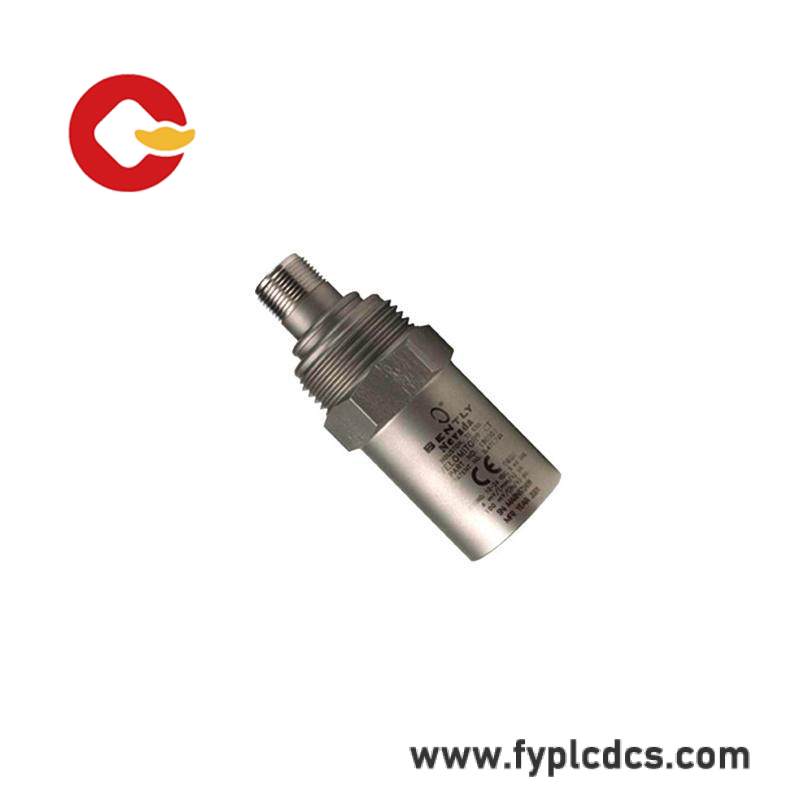Operating Principle:Electromagnetic induction
Measurement Range:0.1 to 1000 inches per minute
Accuracy:±0.1% of full scale
Resolution:0.001 inches per minute
Operating Temperature:-40°F to 257°F (-40°C to 125°C)
Environmental Resistance:IP67 rated for dust and water ingress protection
Connection Type:M8 x 0.75 screw terminal
Power Supply:DC 9 to 30 V
The BENTLY NEVADA 190501 Velocity Transducer is engineered to meet the demanding needs of industrial automation and control applications. With its compact design and robust construction, it ensures reliable operation in harsh environments. This velocity transducer is equipped with advanced signal conditioning technology, providing high accuracy and stability in velocity measurements over a wide range of speeds.
Key features include an adjustable sensitivity setting, allowing users to fine-tune the device to match their specific application requirements. The 1 Hz resolution ensures minimal measurement errors, even in rapidly changing conditions. The transducer’s ability to operate within an extended temperature range (-40°C to +85°C) makes it suitable for use in a variety of industrial settings, from cold storage facilities to hot manufacturing plants.
For ease of installation and maintenance, the BENTLY NEVADA 190501 Velocity Transducer features a straightforward wiring interface with a 3-wire, 2-pin screw terminal block. Its stainless steel construction not only withstands corrosive substances but also provides excellent protection against dust and water ingress, ensuring durability and longevity.
This velocity transducer is compliant with international safety standards, offering peace of mind for users regarding its reliability and safety in industrial applications. It is an ideal choice for enhancing the performance and efficiency of machinery, enabling predictive maintenance through continuous monitoring of rotational speed.
With its combination of precision, reliability, and durability, the BENTLY NEVADA 190501 Velocity Transducer is a critical component for achieving optimal operation in industrial control systems. Its integration into existing systems can significantly improve overall productivity and reduce downtime, making it a valuable investment for manufacturers and engineers alike.














There are no reviews yet.